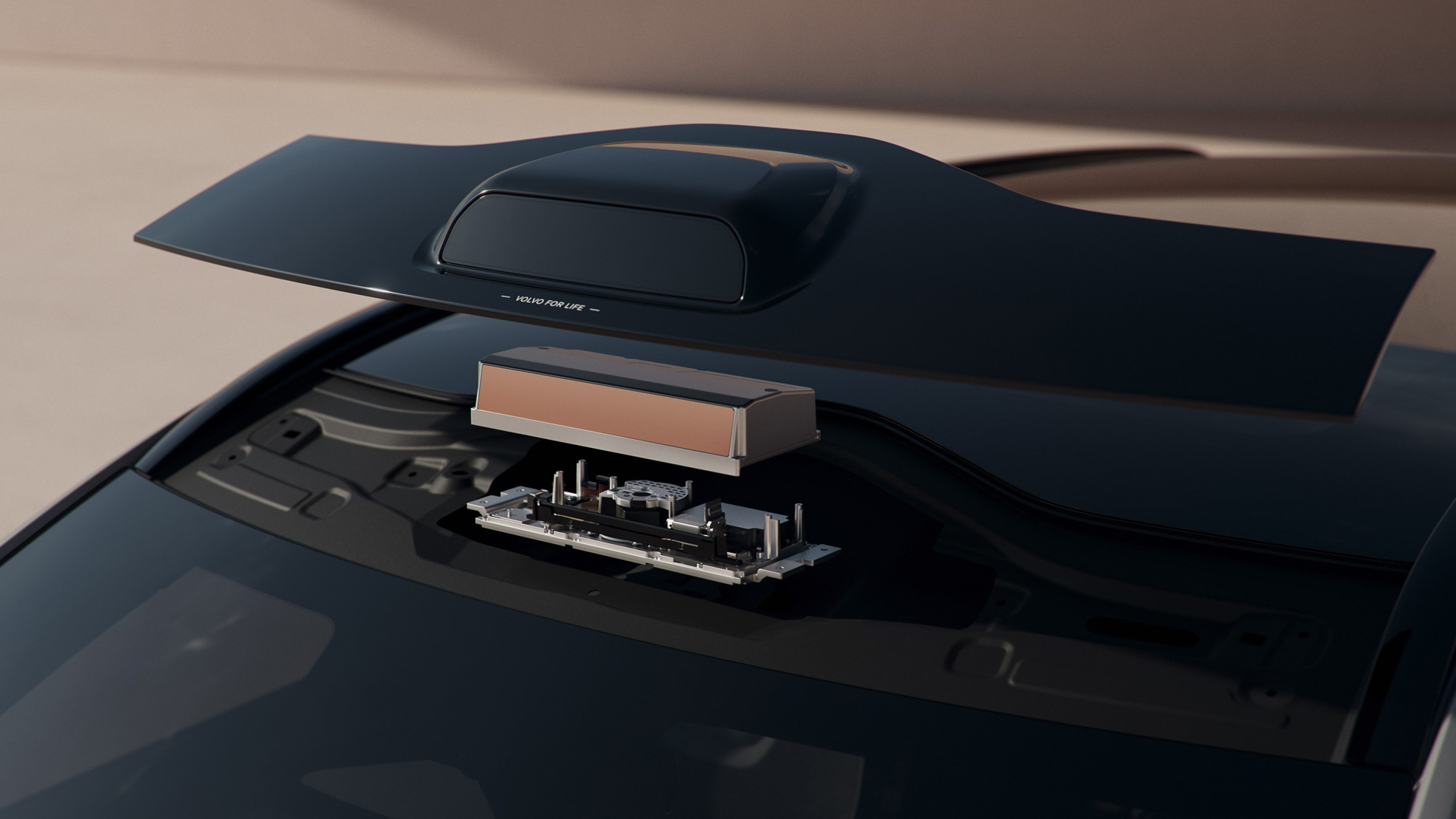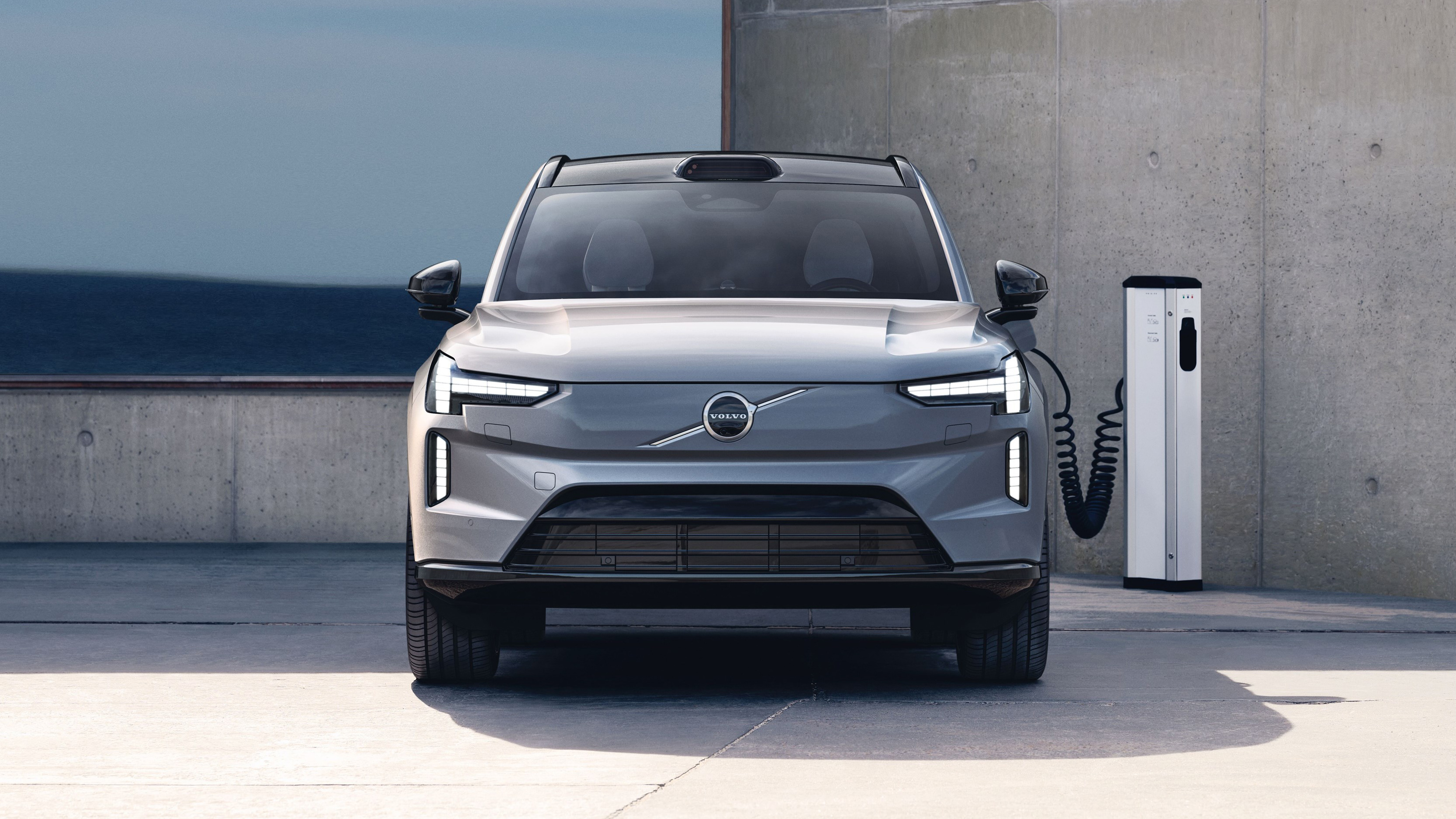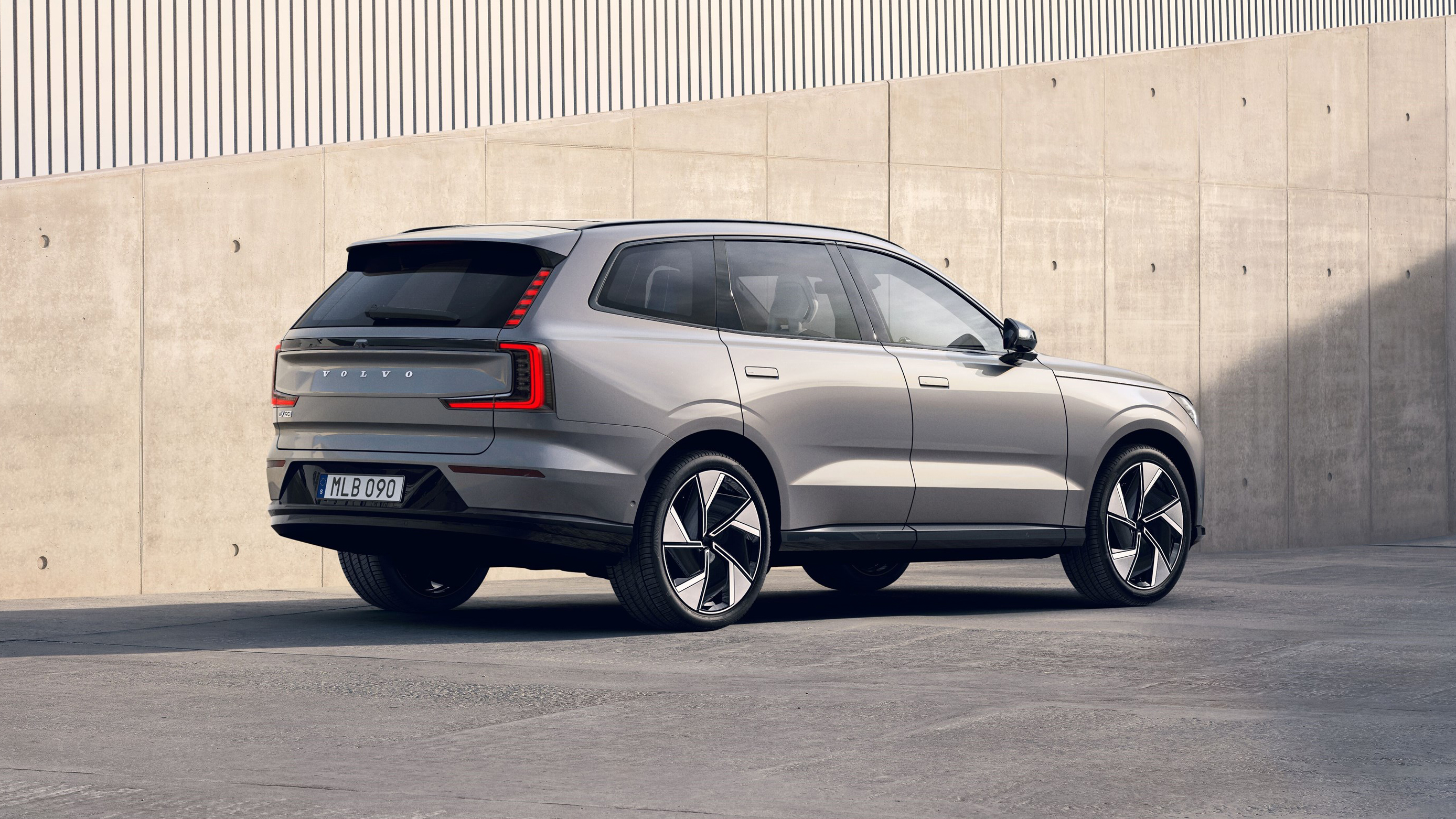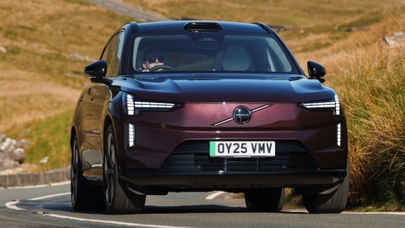
Could this lidar sensor spell the end for steering wheels and pedals?
The firm behind the Volvo EX90’s key lidar tech reckons full autonomy could really happen. Goodbye steering wheels, we’ll miss you
Luminar, the company providing the lidar tech on the new Volvo EX90 seven-seater, reckons fully autonomous cars could one day be so advanced that steering wheels and pedals would be utterly redundant in cars.
Which… doesn’t exactly bode well for your favourite car website. At the reveal of the EX90 in Stockholm, Volvo confirmed that its £100k electric flagship vehicle was ‘hardware-ready’ for autonomous driving, and so TG asked Luminar boss Austin Russell if drivers could one day be removed from the equation altogether.
“Yeah, absolutely,” said Russell. “This is part of a longer-term vision. I think you have to take a step back here and say this is probably more on the timescale of a decade-long vision than a next year thing.
“But the technology will get there,” he insists. “It’ll get there.”
We’ve always had our doubts about autonomous tech, but we’re inclined to believe him. Russell, after all, founded Luminar in 2012 at the age of 17 and later became the world’s youngest self-made billionaire when the company went public late in 2020. So he must know his stuff.
For now though he and Volvo are more focused on aiding drivers rather than replacing them completely. Is that why they can say the EX90 is ‘hardware-ready’ for autonomous driving, even if the software behind it is still in development?
“If there’s any vehicle on the planet that’s even remotely capable of doing it, it’s absolutely this one,” Russell argues. His company’s lidar sensor - which uses a laser to measure how far away obstacles are - is located atop the windshield on the EX90, by the way. Yep, that bit that looks like it's missing its ‘TAXI’ light.
Its high position on the vehicle means it can detect objects up to 250m away - even at night - giving drivers potentially vital extra warning of dangers ahead.
“For the first time you can have a system that understands exactly where all of the objects are, so it doesn’t take software trying to guess where everything is in the world around you. You can know at a centimetre-level precision where all these objects are. And that’s part of the magic of this lidar.
Top Gear
Newsletter
Thank you for subscribing to our newsletter. Look out for your regular round-up of news, reviews and offers in your inbox.
Get all the latest news, reviews and exclusives, direct to your inbox.
“Does it mean that it’s going to be fully autonomous driving everywhere from day one? No. Does it mean that it’s capable of being able to theoretically do so? Yes.
“Don’t get me wrong, adding more cameras and radars and everything is great, but the reality is that it’ll always leave you guessing. Versus with the lidar, that’s how you know.”
Interesting, no? Rest assured when we’re here reviewing autonomous pods in 30 years’ time, we’ll still mimic wheel and pedal inputs for old times’ sake…
Trending this week
- Car Review
Bentley Brooklands
- Car Review
Ferrari Amalfi










